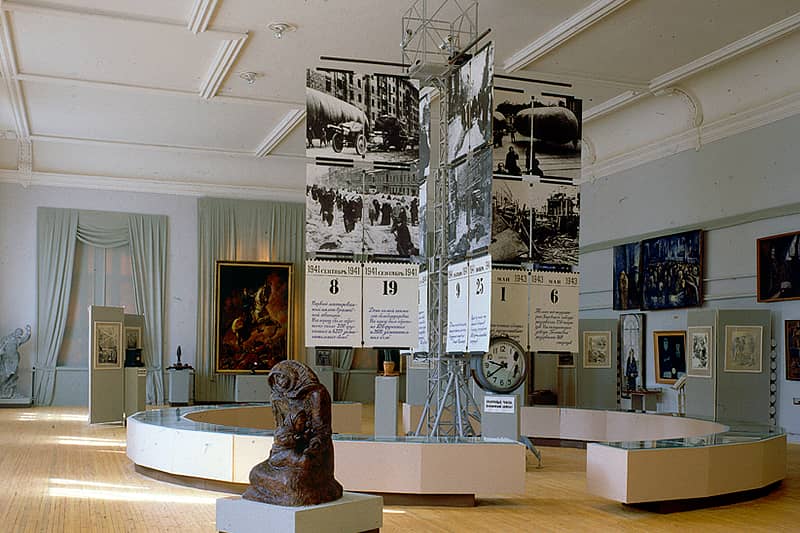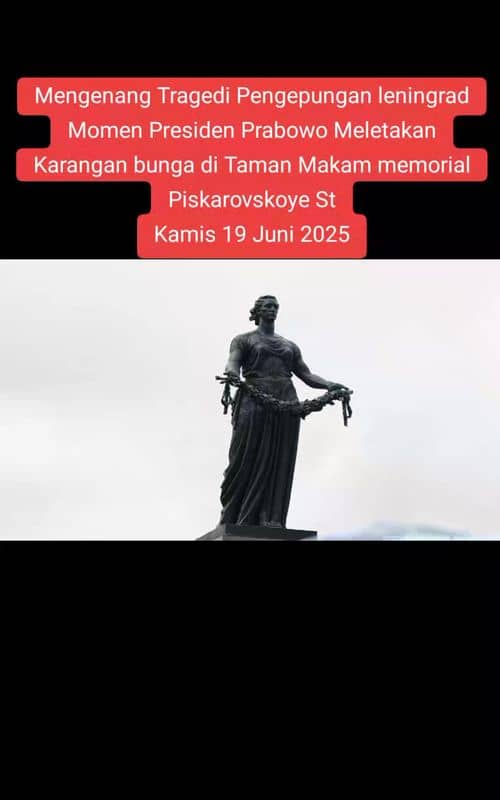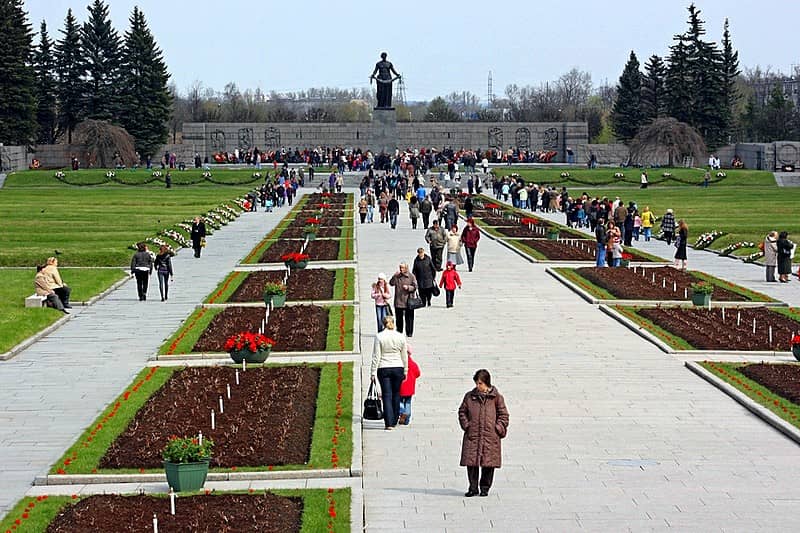Museum of the Siege of Leningrad Saint Petersburg
A poignant museum detailing the harrowing 872-day Siege of Leningrad, showcasing artifacts and stories of survival and resilience.

Highlights
Must-see attractions

Social
From TikTok & Reddit
Best Time
Fewer crowds, more reflective
Museum of the Siege of Leningrad Saint Petersburg
Best Time
Fewer crowds, more reflective

Highlights
Must-see attractions
A poignant museum detailing the harrowing 872-day Siege of Leningrad, showcasing artifacts and stories of survival and resilience.
"Very impressive and shows real people suffer during war and their will to survive and win the war."
Allow ample time
The museum is small but packed with history; give yourself at least 1-2 hours to absorb it all.
Prepare for limited English
While some exhibits may have English text, many descriptions are in Russian. Consider a translation app.
Highlights
Discover the most iconic attractions and experiences

Artifacts of Survival
Exhibition Halls
See poignant displays of military uniforms, artillery, and art that tell the story of Leningrad's defense and the civilian struggle.

Digital Exhibits
Interactive Zones
Explore digital areas offering deeper insights into specific events and the daily lives of those enduring the siege.

Piskarevskoye Memorial Cemetery
Adjacent to the museum
A vast memorial honoring the hundreds of thousands who died, offering a solemn space for reflection.
Plans like a pro.
Thinks like you
Planning Your Visit
Understand the Siege's Scale
Check for Renovations & Language
Best Times
Insider Tips
from TikTok, Instagram & Reddit
Allow ample time
The museum is small but packed with history; give yourself at least 1-2 hours to absorb it all.
Prepare for limited English
While some exhibits may have English text, many descriptions are in Russian. Consider a translation app.
Visit the Piskarevskoye Cemetery
Adjacent to the museum, this vast cemetery is a powerful testament to the siege's victims.
Check renovation status
Past visitors noted closures for work; verify current status before your visit.
Tips
from all over the internet
Allow ample time
The museum is small but packed with history; give yourself at least 1-2 hours to absorb it all.
Prepare for limited English
While some exhibits may have English text, many descriptions are in Russian. Consider a translation app.
Visit the Piskarevskoye Cemetery
Adjacent to the museum, this vast cemetery is a powerful testament to the siege's victims.
Check renovation status
Past visitors noted closures for work; verify current status before your visit.
What Travellers Say
Reviews Summary
Visitors find the Museum of the Siege of Leningrad to be a small but historically rich site, offering a powerful and well-organized look at a tragic period. While the lack of English descriptions is a noted drawback for international visitors, the exhibits are deeply moving and convey the immense suffering and resilience of the people. The adjacent Piskarevskoye Memorial Cemetery is a particularly impactful addition to the visit.
"This is a rather small museum about the siege on Leningrad during the Great Patriotic War. I don’t know if it was due a specific day, but I entered for free. There are many items from this historical period, posters and some digital areas where you can learn more about specific events. Everything is very well organized, but the lack of English translation might be a barrier for foreigners. Regardless I think it is worth it a visit even if you don’t speak Russian."
Felipe Duarte Balocco
"Very impressive and shows real people suffer during was and there will to survive and win the war"
Tony Fata
"It is very little muzeum, without english description"
Pavel Beseda
What People Like
What People Dislike
Frequently Asked Questions
🚇 🗺️ Getting There
The museum is accessible via public transport in Saint Petersburg. Many visitors arrive by metro, with the nearest stations often being a walk away. Taxis or ride-sharing services are also convenient options for reaching the museum directly.
While the museum itself is not massive, its location can be a bit tricky to pinpoint without clear signage. Using a GPS or map application on your phone is highly recommended.
🎫 🎫 Tickets & Entry
Opening hours can vary, and it's advisable to check the official museum website or recent visitor information for the most up-to-date times. Some reviews mention potential closures for renovations.
Admission fees are generally modest. Some visitors have reported entering for free on specific days or during certain periods, but it's best to confirm current pricing.
For this smaller museum, advance booking is typically not required. However, if you are visiting during peak tourist season or on a significant commemorative date, it might be wise to check if reservations are recommended.
🎫 🧭 Onsite Experience
The museum's subject matter is somber and deals with the harsh realities of war and starvation. While it offers educational value, parents should consider their children's sensitivity to such themes.
Information on guided tours, especially in English, is often limited. It's best to inquire at the museum directly or check their website for any available tour options.
Take your time to read the displays, even if you need to use a translation app. The personal stories and artifacts offer a profound glimpse into the resilience of the people.
Photography policies can vary. It's generally a good practice to look for signage or ask museum staff before taking pictures, especially if flash photography is involved.
📸 📸 Photography
While photography rules should be respected, the artifacts themselves, such as uniforms and artillery, can be very photogenic. The Piskarevskoye Memorial Cemetery offers vast, impactful shots.
It's always best to confirm photography rules upon arrival. Some museums restrict flash photography to protect exhibits, and certain areas might be off-limits for photos.
For Different Travelers
Tailored advice for your travel style
History Enthusiasts
Budget Travelers
Deep Dives
In-depth insights and expert knowledge
The Unyielding Siege: A Historical Overview
The Road of Life was a critical lifeline for besieged Leningrad. This ice road across Lake Ladoga was the only supply route, enabling food, medicine, and other essentials to be transported into the city, and civilians to be evacuated. It operated under perilous conditions, constantly under enemy fire, but was instrumental in sustaining the city's population and its defense efforts. The museum's exhibits often highlight the bravery and sacrifices associated with this vital artery.
Visiting the museum provides a tangible connection to this harrowing period. Displays of military uniforms, artillery, and personal artifacts offer a glimpse into the daily realities faced by both soldiers and civilians. Interactive elements and historical documents further enrich the understanding of the strategic importance of Leningrad and the sheer determination of its defenders and residents. The adjacent Piskarevskoye Memorial Cemetery serves as a profound and solemn reminder of the immense human toll, with its vast field of graves honoring the fallen.




Social
from TikTok, Instagram & Reddit